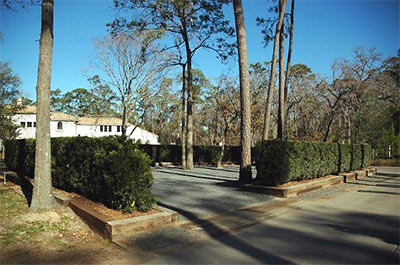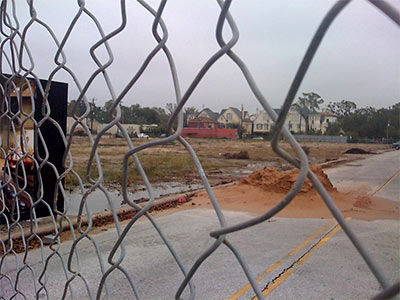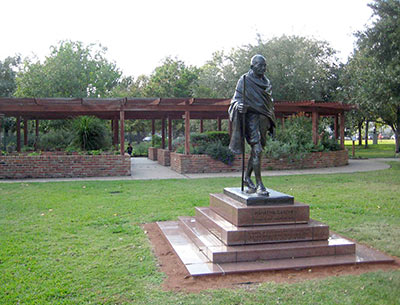
The same organization that campaigned successfully several years ago to place that statue of Mahatma Gandhi next to the herb garden in Hermann Park is now proposing another Houston honor for the slain spiritual leader. Abc13’s Sonia Azad reports that Houston’s India Cultural Center wants to rename the section of Hillcroft Ave. between Highway 59 and Westpark to Mahatma Gandhi Street.
Or should that be Mahatma Gandhi Avenue?
[City Council Member MJ] Khan says he will support changing Hillcroft’s name to Mahatma Gandhi Avenue, if that’s what the community wants.
“Our city is a very international city so I think it will help if we start branding that area,” Khan explained.
Store clerk Inder Buhtti believes Gandhi Avenue could curb crime and violence in the area.
He said, “Everything he wants he wanted in a peaceful way, not with guns or with bombs.” . . .
Spanish, Guatemalan, Chinese and Persian businesses in the area attract an array of customers. Azar Delpassand from Iran says the street’s name should reflect that diversity.
She said, “In here, this street, you have Arabic stores, you have Indian stores, you have Persian stores. So excluding others because of Indians, I don’t think (so). It’s not fair.”
Photo of Gandhi statue in Hermann Park: Keri Bas


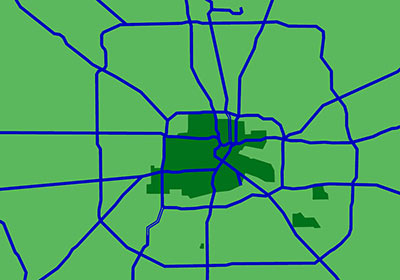

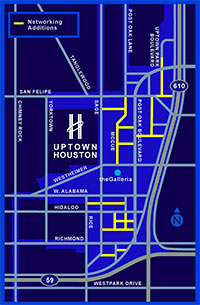 “The Uptown TIRZ and District are actively working to build a grid in Uptown. Much of it will be funded by existing and new developments by the TIRZ funds and not from the general taxpayer base. . . . [
“The Uptown TIRZ and District are actively working to build a grid in Uptown. Much of it will be funded by existing and new developments by the TIRZ funds and not from the general taxpayer base. . . . [